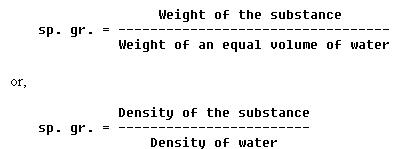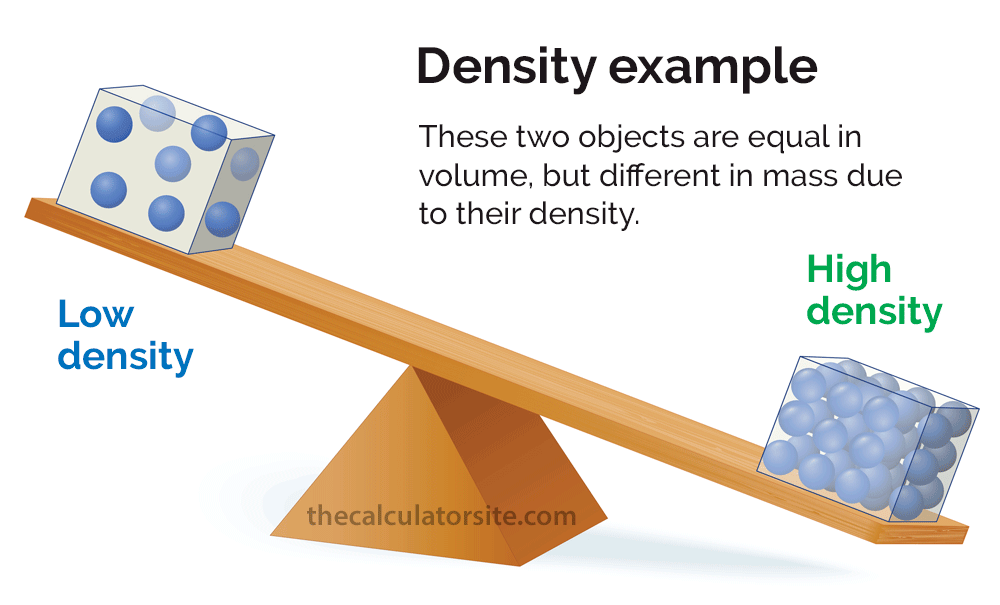

Objects will often float in water or sink in water based on their density. Density describes the amount of matter per unit of volume. Volume, on the other hand, is a measure of the space that matter takes up. Mass, if you recall, is the measure of how much matter is making up a particular object. In order to understand this, you may have to think back to the early years of science class. You might even ask yourself: how is it that two piles equaling the exact same weight can be so very different in size? The answer: density.ĭensity is a word that we use to describe the comparison of an object’s mass and an object’s volume.

A pound of feathers takes up a great deal more space than a pound of rocks does. If you could actually see the two piles in front of you, however, you might notice something puzzling about the two piles. Both of these piles of should weigh the exact same amount, correct? Yes, each of these piles are a pound in weight which means that they weigh the exact same. In one pile, there is a pound of feathers. Every dissolved particle inside a body of water affects its density.Imagine for a moment that you have two piles sitting in front of you. It changes slightly whether it is tap, fresh or salt water. There are other aspects which affects water's density. If water froze from the bottom up, then life never would have gotten the chance. It is this same principle that scientists think helped life get started on Earth. This phenomenon, coupled with a low thermal conductivity of ice, helps the bottom of the lake stay unfrozen, so that fish can survive. The colder water stays at the surface and turns to ice. Since the water at 4 ☌ is the heaviest, it falls to the bottom of the lake. How's this important? It makes it much harder for lakes to freeze completely in the winter. However, at approximately 4 ☌ degrees, water reaches its maximum density. If you cool water from room temperature, it becomes increasingly dense. While the general rule is that as temperature goes up, the density lowers, water behaves differently between 0 ☌ and 4 ☌. However, we have a slight, but a super important anomaly when it comes to water. However, as with almost all materials, its density changes with temperature. If you know the density of the product as well as its weight in grams, you can find the volume of the ingredient in cups.Īllow us to throw in a bit of a curve ball here by reminding you that if you want to calculate the density of pixels on your screen, this is not the calculator your looking for, try this one.įor most purposes, it's enough to know that the density of water is 1,000 kg/m 3. Sometimes people are looking to convert grams into cups.

Plug in your result there, the tool will convert it into: If your unit is not there, you can use our density conversion calculator. If all you need is to convert between different units, just click on the units for density and select your desired units from the list. After typing these values into the density calculator, it will give you the result in kilograms per cubic meter. Make a note of the object's weight and volume. To make the calculation, you'll need to know a few other values to start with. The fastest way to find the density of an object is of course to use our density calculator. Or you can use our density calculator to make it a breeze! For example, a glass of water weights 200 grams net (not including the glass).


 0 kommentar(er)
0 kommentar(er)
